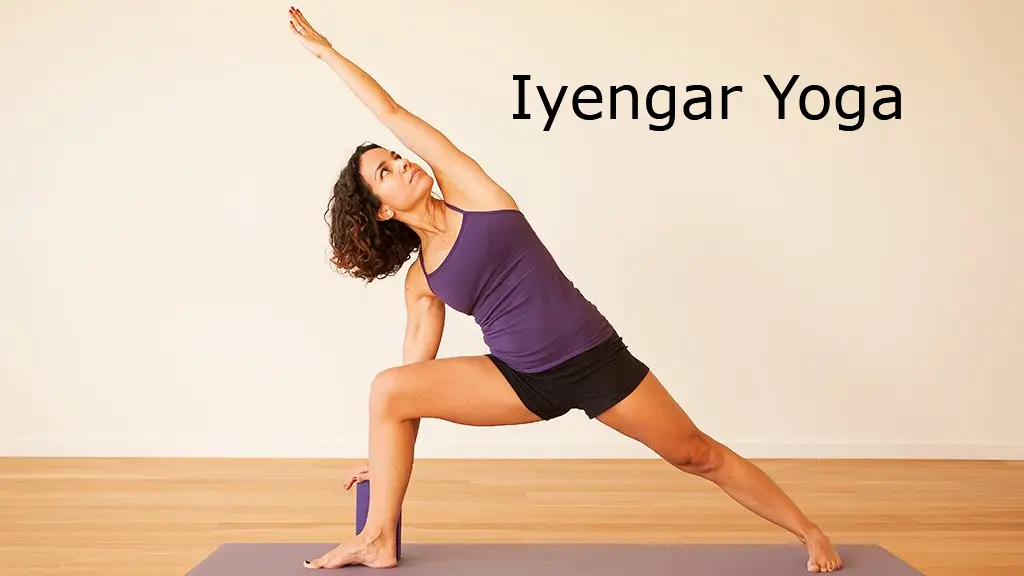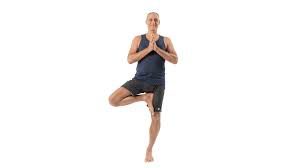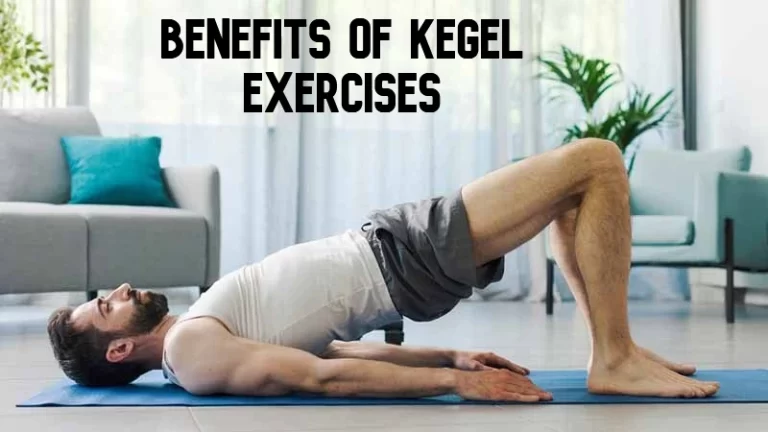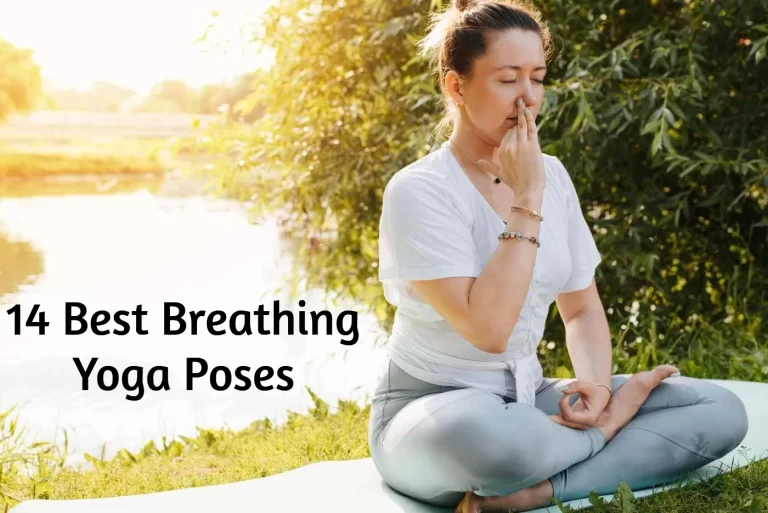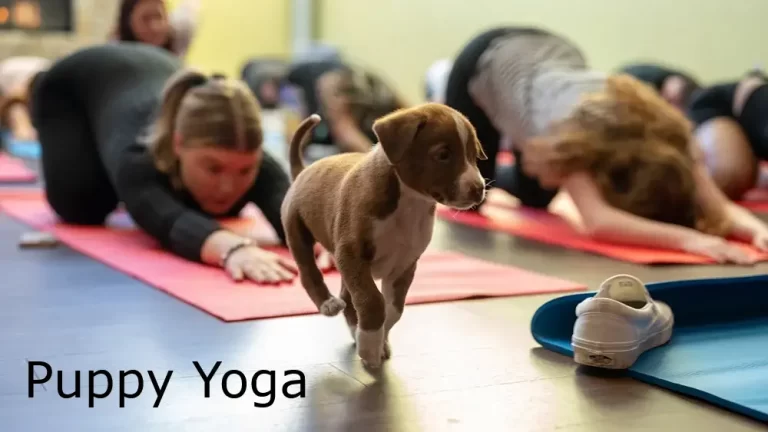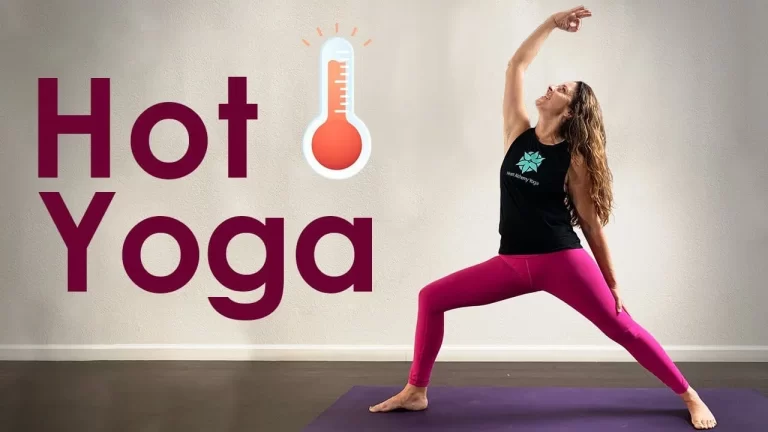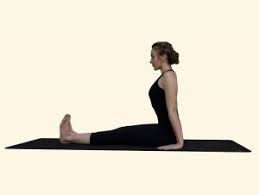Iyengar Yoga
Table of Contents
What is an Iyengar Yoga?
Iyengar Yoga is a style of yoga that places a strong emphasis on alignment, precision, and the use of props to help practitioners achieve optimal poses.
- The birthdate of B.K.S. Iyengar is December 14, 1918.
- After developing TB as a youngster, he began practicing yoga in Mysore, India, under the tutelage of his brother-in-law, Krishnamacharya, in an effort to rehabilitate his health.
- In 1936, Iyengar started instructing yoga.
- Iyengar’s approach gained popularity in the 1960s when students from the United States and Europe started looking for yoga instruction.
- In Pune, India, he founded his main school in 1975 and called it the Ramamani Iyengar Memorial Yoga Institute (RIMYI), in honor of his wife.
- This center served as a hub for the spread of yoga.
- It is impossible to overestimate Iyengar’s impact on contemporary asana practice because she was among the first to teach yoga to Westerners.
- He passed away on August 20, 2014, aged 95 years old.
- The RIMYI is currently run by his daughter Geeta and son Prashant.
- As a direct student of T. Krishnamacharya, B.K.S. Iyengar is credited for creating and naming Iyengar yoga.
- Along with Pattabhi Jois, who created Ashtanga yoga, he shared some of the credit for introducing the practice of contemporary yoga to the West.
- Iyengar yoga comes from the most established lineage of Hatha yoga. It has developed into an easy-to-understand, exact, and transparent approach for today’s practitioners.
- To maintain the mind focused and grounded in reality, much care is taken with the technical alignment of the postures. ~ Iyengar instructor Adela Serrano.
What is Iyengar Yoga?

- Over 75 years ago, Yogacharya B.K.S. Iyengar founded the yoga style that is today known as Iyengar Yoga.
- Throughout his life, Mr. Iyengar worked to refine his method of practicing yoga, which is founded on the eight classical limbs that the sage Patanjali taught more than 2500 years ago.
- Mr. Iyengar established yoga with the belief that it is not just a physical discipline but also an art, science, and philosophy.
- Iyengar yoga is suitable for all body types and ages.
- It is renowned for emphasizing time and accuracy as well as for using Mr. Iyengar’s props, which aid practitioners in perfecting any pose.
- Iyengar yoga combines the mind, body, and emotions when practiced regularly.
- A global, uniform training program sets Iyengar Yoga apart from other approaches.
- To obtain their qualifications, Certified Iyengar Yoga Teachers (CIYTs) must complete extensive training and assessments.
- It is only allowed for CIYTs to refer to their style of instruction as Iyengar Yoga.
- CIYTs are taught to demonstrate each stance with clarity.
- They are adept at maximizing the openness and awareness of the body using basic props, giving more extension to the more accomplished student and support to the less flexible.
- Teaching is focused more on slow, consistent growth than on fast, temporary outcomes.
- Every Iyengar Yoga class follows a distinct format created by the CIYT to lead students through a methodical and safe progression. Students acquire vigor, clarity, and peace by learning to access the inner kosas (layers) of mind, energy, and spirit via expert instruction and practice.
- Iyengar Yoga is an advanced and potent technique that is suitable for practitioners of all ages.
- The advantages are many and will help the practitioner with all facets of everyday life.
To Know About Yoganidrasana Click Here
What are the benefits of Iyengar yoga?
- Mr. Iyengar’s ill health as a kid led him to begin practicing yoga.
- His strength and health increased with regular practice, and he felt significant physical benefits.
- As a result, he was able to get a comprehensive understanding of anatomy and a therapeutic approach to the field.
- Mr. Iyengar acknowledged that everybody is distinct and has strengths and weaknesses of his own.
- Thus, he promoted the use of props, such as chairs, blocks, belts, and blankets, among others, to assist pupils in achieving the proper alignment that is appropriate for their particular bodies.
- This made it possible to practice asanas harmonically and safely.
- Pictures of Mr. Iyengar, who passed away at the age of 95, could be sufficient evidence of the many advantages! Frequent Iyengar exercises can support:
- improve physical and psychological health
- alleviate postural/structural problems
- release emotional tension
- increase focus and concentration
- increase your energy
- reconnect with your body and breath
- provide wisdom and understanding to every area of the body and psyche.
Who is Iyengar suitable for?
- Simply put, everyone! Both novices and intermediate/advanced students can benefit from it.
Iyengar Yoga for Beginners on EkhartYoga
- Beginners’ Guide to Iyengar Yoga on EkhartYoga
- Iyengar Yoga is great for beginners to achieve optimal alignment and may be particularly therapeutic for persons with postural difficulties because of its attention to alignment and the use of props to aid students “into” the postures.
- Experience our Iyengar Yoga Program for Novices, led by Adela Serrano, who will walk you through the fundamentals of Iyengar yoga.
- It is appropriate for experienced yoga students who wish to learn an Iyengar method, even though it is meant for complete novices.
Iyengar Yoga for intermediate and advanced students
- While Vinyasa Flow or Ashtanga, for instance, may provide a more strenuous cardiovascular experience, Iyengar Yoga is still an excellent choice for intermediate and advanced practitioners.
- Longer holds of the postures promote more flexibility and strength as well as a closer relationship with the breath and general focus.
Teaching Iyengar yoga
- Before receiving their first certificate, Iyengar yoga instructors must complete three years of rigorous and comprehensive instruction.
- After that, they continue to get instruction under the close supervision of the Iyengars in Pune, adhering to the standards established by several Iyengar Associations around the globe.
How the Iyengar Tradition Uses Props
- Let’s examine the triangle position as an illustration.
- Ideally, your hand should land outside of your front foot in this stance.
- However, what if one of the main goals of the posture is not to open your chest, and you find it difficult or impossible to bring your hand to the floor?
- According to Iyengar, a block placed beneath the right hand should be used to help align the left shoulder over the right until the body gets sufficiently open that the block is no longer necessary.
- This is only one way that yoga is made more accessible to a wider variety of people by Iyengar’s technique.
- The props can be utilized in accordance with the demands of the pupil and adjust the body to the proper alignment.
Method of Iyengar: No Flow
- The phrase “vinyasa flow” in yoga refers to the seamless movement from one position to the next while breathing or exhaling air. There is relatively little vinyasa flow in Iyengar-style yoga.
- Rather, postures are maintained for extended periods of time in order to perfect alignment.
- As a result, Iyengar yoga is not as strenuous on the heart as Ashtanga or another more fluid form.
- But maintaining the positions is hard, strengthens the body, and greatly improves flexibility.
- Another factor that makes yoga accessible to a wider audience is the Iyengar method’s lack of vinyasa flow.
- For those who are not physically able to do a flowing style practice, it’s an excellent place to start.
- Because of this, Iyengar yoga is among the most well-liked yoga systems globally.
Iyengar’s Texts
- Apart from popularizing and refining his method of practice, Iyengar’s publications have become revered classics in the field of yoga literature.
- Leading among them is “Light on Yoga,” which was initially released in 1966 and includes illustrations and descriptions of several breathing exercises as well as hundreds of yoga positions.
- His other notable works include “Light on The Yoga Sutras of Patanjali,” a translation and analysis of the ancient Yoga Sutras from which Iyengar derived the intellectual foundation for his approach to yoga, and “Light on Pranayama,” which concentrates on breathwork.
- His most recent book, “Light on Life,” discusses the spiritual and mental dimensions of yoga.
Is Iyengar Yoga for You?
- Although the practice approach may be adjusted to different levels, don’t think that an Iyengar class will be simple.
- More experienced yogis who wish to improve their alignment may also find Iyengar to be highly enticing.
- Iyengar-style practice is usually enjoyed by those who are technical, and thorough, have an interest in anatomy, and value delicate body movements.
- You will surely encounter Iyengar’s impact in the way postures are taught and props are utilized across the yoga spectrum, even if you never take one of his classes.
What activities are included in an Iyengar yoga class?
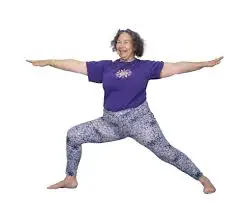
- Precision and alignment in performing the postures, or asanas, sequencing the asanas to achieve a desired outcome, timing the amount of time the asanas are held for maximum benefit, and the use of props when necessary to help a student get the most benefit from each asana are the hallmarks of Iyengar yoga.
- The focus of Iyengar yoga is on body awareness and postural alignment.
- This is necessary for the human body to operate properly as well as for the alignment of one bodily component with another.
- The breath is in precise alignment with the body when there is accuracy in alignment.
- The intellect, emotions, and senses all become balanced when the breath is harmonized.
- No matter where you go, an Iyengar yoga class will teach you the same poses; each instructor will choose the poses for the class for a particular purpose, but the method of teaching poses is the same all around the world.
- This implies that a student can enroll in any class with any teacher and be accepted right away.
- Typically, the session will begin with a brief period of silence to set the stage for the yoga.
- A few preparatory postures are then performed in order to expand, stimulate, and mobilize the body as well as to calm the brain and promote a focused, concentrated frame of mind.
- After that, standing poses are frequently practiced to teach the basics of proper body alignment and adjustment.
- Before one can effectively master more complex postures, one must learn this. Thus, standing poses are essential to even the most advanced postures and must be regularly mastered.
- After that, the practice might concentrate on specific postures like forward bends, back bends, inverted postures, additional standing postures, or recuperative postures that get the learner ready for pranayama or breath control.
- Students typically start pranayama after about two years of consistent asana practice; however, during the relaxation/recuperative period at the end of each asana class, some basic pranayamas and the observation of normal breathing patterns may be introduced. Pranayama is typically taught in a class created specifically for this practice.
- We’ll wrap off with restorative and energizing poses.
- Classes are frequently set up to teach different postures in a sequential manner throughout the course of the month, including standing poses, forward bends, back bends, forward extensions, and recuperative poses.
- A strong record of student safety is ensured by the rigorous standards of training for teachers.
- Even though they have worked really hard, students frequently report feeling more erect and energized after an Iyengar yoga practice.
What are the effects of Iyengar yoga practice?

- Effects from consistent guided practice might include a general sense of physical and mental well-being as well as psychological and emotional wellness.
- This is not to suggest that illness won’t strike; it very well may. If so, practicing yoga is probably going to assist in facing and maybe even managing it.
- Iyengar yoga’s emphasis on postural alignment can help with structural and postural issues.
- Additionally, it can alleviate emotional strains.
- Yoga requires a lot of work and attention to detail in the poses, which sharpens focus and concentration and helps release tension from the body and mind.
- Gaining a deeper understanding of oneself might aid in boosting confidence in oneself.
Does Iyengar yoga have a philosophical basis?
- The foundation of Iyengar yoga lies in Patanjali’s Yoga Sutras, written by the approximately 1700-year-old Indian sage.
- The Yoga Sutras’ short phrases direct practitioners toward mental harmony and calm, which lead to ultimate happiness (Samadhi). Mr. Iyengar explains the idea in a number of his publications.
- The book’s introduction to Mr. Iyengar’s Light on Yoga may be the easiest.
- Nonetheless, more explanations, albeit with distinct accents, may be discovered in his other works, including Light on the Patanjali Yoga Sutras, his translation of the Sutras, Tree of Yoga, Light on Ashtanga Yoga, and his most recent book, Light on Life (see the Merchandise page to locate book vendors).
- Some authors and practitioners have divided yoga into four categories: Hatha, jnana, raja, and bhakti.
- Each is regarded by them as a distinct school of practice.
- Mr. Iyengar adhered to Patanjali’s teachings in that he saw raja, jnana, bhakti, and hatha as integral aspects of yoga practice rather than separate disciplines.
- The definition of Kriya Yoga, the yoga of action, which has three levels tapas (self-discipline), Upadhyaya (self-study), and Isvara pranidhana (surrender to God) opens the second chapter of the Yoga Sutras. The three main routes of yoga are included in kriya yoga: jnana marga (knowledge road), bhakti marga (devotion path), and karma marga (path of action).
- Kriya Yoga is practiced by those of us who practice Iyengar yoga.
Do I have to be young and fit?

- Not at all! Anybody may practice Iyengar yoga, regardless of their age, gender, health, religion, or life circumstances.
- Iyengar yoga is non-competitive, and there is no peer judgment involved.
- Iyengar yoga is unique in that it makes use of props, which are tools that assist you in improving strength, flexibility, and control in a pose so that you may reach your maximum potential.
- You will be able to work as hard as possible in a broad mixed class in this way.
- The teacher is prepared to oversee each pupil individually and choose the appropriate prop.
Can Iyengar yoga alleviate medical conditions?

- Iyengar yoga’s efficacy has been extensively studied; a few of these studies are available here.
- From skeletal-muscular disorders to mental disorders, Mr. Iyengar treated a wide spectrum of medical ailments with amazing effectiveness.
- He has imparted a great deal of this expertise to his more seasoned instructors.
- In situations where they are competent, they are suited to offer assistance.
- The only people who can help with serious illnesses are Yoga Therapy teachers who have the appropriate experience.
- Use the teacher search and check the “therapy teacher” box to locate a yoga therapy instructor.
- For further information, please get in touch with IY(UK) or your nearby Member Group.
Is having a religious belief required?
- No. Iyengar yoga is practiced and accessible to practitioners of various religious systems.
- Although yoga is rooted in the Hindu tradition, teachers will not advocate for any one religion.
- Nevertheless, allusions to the origins of concepts or names of poses may be made to provide background information.
How do I become an Iyengar yoga teacher?
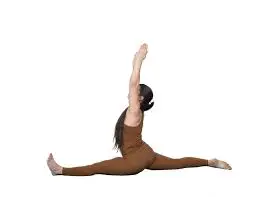
- In order to be eligible for teacher training, a student has to have studied regularly with an authorized Iyengar yoga instructor for at least three years.
- In regular sessions, a mentorship system is used to train future Iyengar yoga teachers.
- You may ask your usual Iyengar yoga teacher for help or find out more information here.
Conclusion
There are several health advantages to doing Iyengar yoga. This style of yoga aims to balance and enhance your mental and physical well-being. Thus, do consider Iyengar yoga if you’re searching for a different kind of yoga. one of the most important components of our general health.
FAQ
Iyengar Yoga is a style of yoga exercise that emphasizes using asanas to align the physical body structurally. Three things set it apart from other yoga styles: prop utilization, sequencing, and accuracy. Every asana aims for precise bodily alignment.
2-3 times a week
How Frequently Should I Exercise? Aim for two to three times a week after a few weeks of sessions. Learn in class, then progressively increase the amount of independent practice you do.
Rather than making the posture simpler, the prop’s goal is to aid the body’s understanding of the asana’s movements. The learner shouldn’t become accustomed to using a prop, nor should it weaken the stance.
Among the main distinctions between Iyengar yoga and other styles of yoga is the use of props, or supports, such as straps, blocks, cushions, and blankets.
Iyengar Yoga UK: Introduction to Iyengar Yoga
Iyengar yoga is distinguished by its emphasis on alignment and precision in the execution of postures, or asanas; sequencing asanas to achieve specific goals; timing the length of time asanas are held for optimal benefit; and, when necessary, the use of props to help students get the most out of each asana.
References:
- What Is Iyengar Yoga? – Iynaus. (2023, October 31). Iynaus. https://iynaus.org/what-is-iyengar-yoga/
- Tomlinson, K. (2021, March 16). What is Iyengar yoga? Ekhart Yoga. https://www.ekhartyoga.com/articles/practice/what-is-iyengar-yoga
- Ryt, A. P. (2022, April 22). The History and Practice of Iyengar Yoga. Verywell Fit. https://www.verywellfit.com/iyengar-yoga-3566886
- Uk, I. Y. (2023, April 13). Starting Iyengar yoga – Iyengar Yoga UK. Iyengar Yoga UK. https://iyengaryoga.org.uk/iyengar-yoga/frequently-asked-questions/

